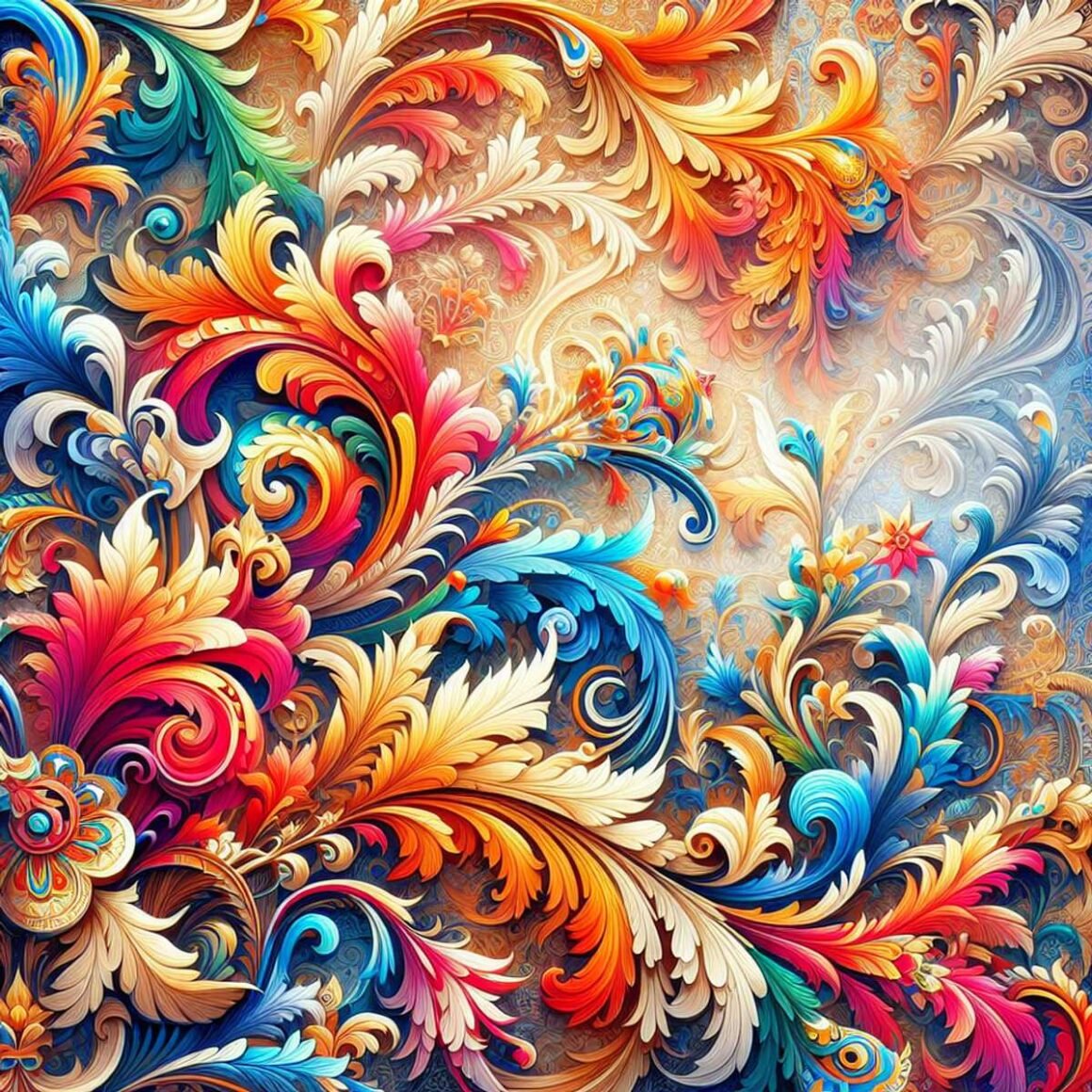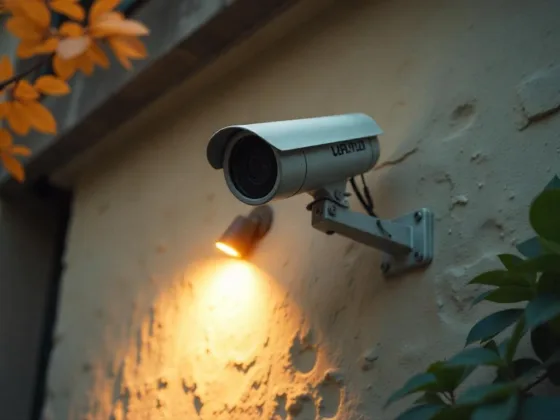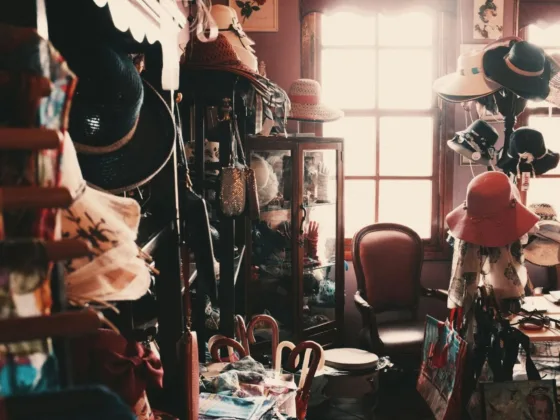Table of Contents Show
Wallpaper fixing is a transformative process that can breathe new life into any room. Whether you’re looking to add a pop of color, create a focal point, or simply update the look of your space, wallpaper offers endless possibilities. In this comprehensive guide, we’ll explore everything you need to know about wallpaper fixing, from choosing the right type of wallpaper to expert installation tips.
Introduction to Wallpaper Fixing
Wallpaper fixing Dubai involves the application of decorative paper to walls to enhance the aesthetic appeal of a room. Unlike paint, wallpaper offers a wide range of textures, patterns, and colors, allowing for greater customization and creativity. Properly fixing wallpaper is essential for achieving a seamless and professional finish that will last for years to come.
Types of Wallpaper
Before embarking on a wallpaper-fixing project, it’s important to consider the different types of wallpaper available. From traditional paper-based options to vinyl and fabric-backed varieties, each type has its unique characteristics and benefits. Factors such as durability, ease of maintenance, and style should be taken into account when choosing the right wallpaper for your space.

Tools and Materials Required
To ensure a successful wallpaper-fixing project, you’ll need the right tools and materials. Basic supplies include a wallpaper smoother, utility knife, adhesive, and measuring tape. Additionally, depending on the type of wallpaper chosen, you may need specific tools such as a seam roller or wallpaper brush. Investing in high-quality materials will help achieve professional results.
Preparing the Surface
Proper surface preparation is key to a flawless wallpaper finish. Begin by cleaning the walls thoroughly to remove any dust, dirt, or grease. Repair any cracks or imperfections in the wall surface and allow them to dry completely before proceeding. Finally, apply a primer to create a smooth and uniform base for the wallpaper.
Measuring and Cutting Wallpaper
Accurate measurement and cutting are essential for achieving a perfect fit when fixing wallpaper. Measure the height and width of the wall, adding a few extra inches to allow for trimming. Use a sharp utility knife and a straight edge to cut the wallpaper to the desired size, taking care to match patterns if applicable.
Applying Adhesive
Choosing the right adhesive is crucial for ensuring proper adhesion and longevity of the wallpaper. Different types of wallpaper require different adhesives, so be sure to read the manufacturer’s recommendations carefully. Apply the adhesive evenly to the back of the wallpaper using a paint roller or brush, taking care not to oversaturate the paper.
Fixing Wallpaper
Once the adhesive has been applied, carefully position the wallpaper on the wall, starting from the top and working your way down. Use a wallpaper smoother to eliminate air bubbles and wrinkles, working from the center outward. Take your time to ensure proper alignment and a seamless finish.
Smoothing and Trimming
After fixing the wallpaper to the wall, use a wallpaper smoother to gently smooth out any remaining wrinkles or bubbles. Trim any excess paper from the edges using a sharp utility knife and a straight edge, taking care to leave a clean and precise edge.
Drying and Finishing
Allow the wallpaper to dry completely according to the manufacturer’s instructions before touching or moving any furniture back into place. Once dry, inspect the wallpaper for any imperfections and make any necessary touch-ups. Finally, stand back and admire your newly transformed space.
Common Mistakes to Avoid
While wallpaper fixing can be a relatively straightforward process, there are some common mistakes to watch out for. These include using too much adhesive, failing to properly align the wallpaper, and neglecting to smooth out air bubbles. Taking your time and following proper techniques can help prevent these errors.
Benefits of Professional Installation
While DIY wallpaper fixing can be rewarding, there are some benefits to hiring a professional installer. Experienced professionals have the knowledge and expertise to handle challenging installations, ensuring a flawless finish every time. Additionally, professional installation can save time and hassle, especially for larger or more complex projects.
Maintenance and Care
Proper maintenance is essential for preserving the beauty and longevity of your wallpaper. Regular dusting and gentle cleaning with a mild detergent can help keep the wallpaper looking fresh and vibrant. Avoid harsh chemicals or abrasive cleaners, as these can damage the wallpaper surface.
Cost Considerations
The cost of wallpaper fixing can vary depending on factors such as the type of wallpaper chosen, the size of the room, and whether professional installation is required. While some wallpapers may be more expensive upfront, they often offer greater durability and longevity, making them a worthwhile investment in the long run.
Environmental Impact
When choosing wallpaper, consider the environmental impact of your options. Look for eco-friendly wallpaper made from sustainable materials and produced using environmentally responsible manufacturing processes. Additionally, consider the longevity of the wallpaper, as longer-lasting options can help reduce waste over time.
Conclusion
Wallpaper fixing is a versatile and creative way to enhance any space. Whether you’re looking to add personality to a room or create a sophisticated backdrop, wallpaper offers endless possibilities for customization. By following the tips and techniques outlined in this guide, you can achieve professional results and transform your space with style.
FAQs
While it is possible to install new wallpaper over existing wallpaper, it’s generally not recommended as it can lead to uneven surfaces and poor adhesion. It’s best to remove old wallpaper before applying new wallpaper for the best results.
The lifespan of wallpaper depends on factors such as the quality of the wallpaper, the installation method, and the level of wear and tear. High-quality wallpaper installed properly can last for 10 years or more
Yes, most modern wallpaper is designed to be easily removable. Techniques for removing wallpaper vary depending on the type of wallpaper and adhesive used, but generally involve soaking the wallpaper with water or a wallpaper removal solution and gently peeling it away from the wall.
While it is possible to paint over wallpaper, it’s generally not recommended as it can lead to an uneven finish and poor adhesion. It’s best to remove wallpaper before painting for the best results.
Minor damage to wallpaper, such as small tears or punctures, can often be repaired using wallpaper repair paste or adhesive. For larger damage, it may be necessary to patch or replace the damaged section of wallpaper.










